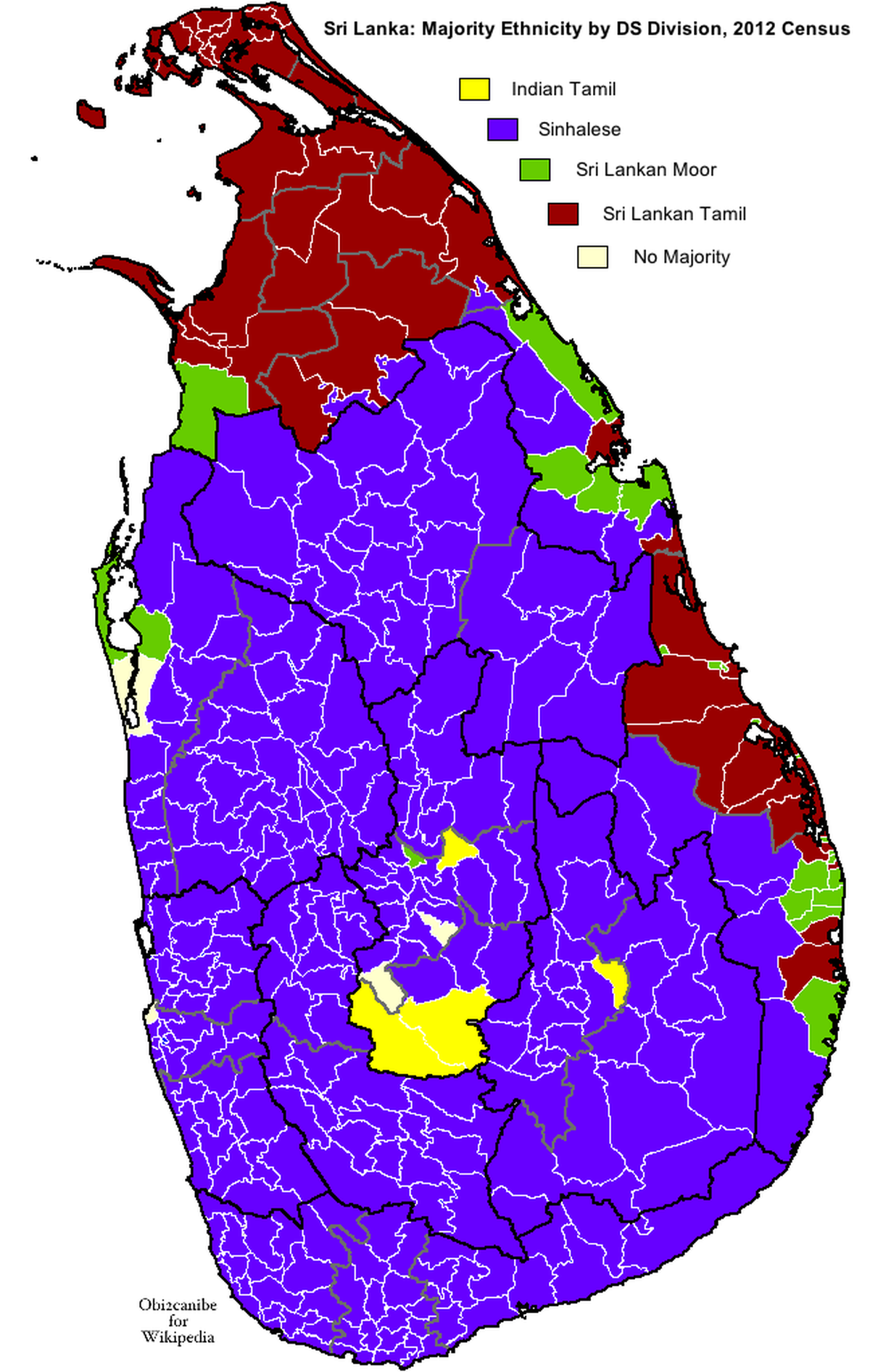Context:
A recent study published in Current Biology has provided new insights into the genetic origins and migration patterns of Sri Lanka’s main communities, especially the Sinhalese and two indigenous Adivasi clans.
Key Findings
Researchers sequenced the whole genomes of:
- 35 urban Sinhalese individuals
- 19 individuals from two Adivasi clans (5 Interior Adivasi and 14 Coastal Adivasi)
- 35 Sri Lankan Tamils previously sequenced as part of the 1,000 Genomes Project
For centuries, Sinhalese chronicles and older genetic research proposed that the Sinhalese migrated from northern or northwestern India around 500 BCE. Their language, Sinhala, is an Indo-European language mainly spoken in northern India today. This led many to believe their origins were primarily North Indian.
Close Genetic Ties with South India
The study found that the Sinhalese and Adivasi are genetically closest to each other and to South Indian Dravidian-speaking populations. Specifically:
- Both groups share high proportions of Ancestral South Indian (ASI) ancestry.
- In contrast, many North Indian populations have higher levels of ancestry linked to ancient Eurasian Steppe groups who spread Indo-European languages.
This suggests that despite speaking an Indo-European language, the Sinhalese are genetically more similar to South Indians.

Genes vs. Language
Researchers noted that genetic history and linguistic history can follow different paths. Two possibilities were proposed:
- The Sinhalese language could have arrived through a small group of migrants from North India who influenced culture without significantly altering the gene pool.
- Alternatively, migrants from North India mixed extensively with South Indian populations, diluting their genetic signal over time.
This explains why the genetic evidence does not neatly match linguistic classifications.
Adivasi Populations: Ancient and Distinct
The Adivasi are considered descendants of Sri Lanka’s earliest hunter-gatherers. While they share broad genetic similarities with Sinhalese and Tamils, they also have:
- Slightly higher levels of ancient hunter-gatherer ancestry
- Smaller population sizes maintained over millennia
- Lower genetic diversity, partly due to endogamy (marrying within the community)
Among the two clans:
- The Interior Adivasi have undergone a stronger reduction in population size and show clearer signs of endogamy.
- The Coastal Adivasi have retained relatively higher genetic diversity.
These patterns suggest that geographic separation and different social pressures led to fine-scale genetic differences over time.
Timeline of Genetic Mixing
The genetic formation of the Sinhalese was estimated to have occurred around 3,000 years ago. This overlaps with widespread mixing events in India between Ancestral North Indian (ANI) and Ancestral South Indian (ASI) groups between 2,000–4,000 years ago.
Conclusion
This research demonstrates that:
- The Sinhalese have strong genetic ties to South Indian populations, despite speaking an Indo-European language.
- The Adivasi clans show unique genetic features linked to ancient hunter-gatherer ancestry and long-term isolation.
- Genetic histories can diverge from cultural and linguistic narratives.
By sequencing high-resolution genomes from multiple Sri Lankan communities, the study highlights the deep and complex connections between India and Sri Lanka over thousands of years.






